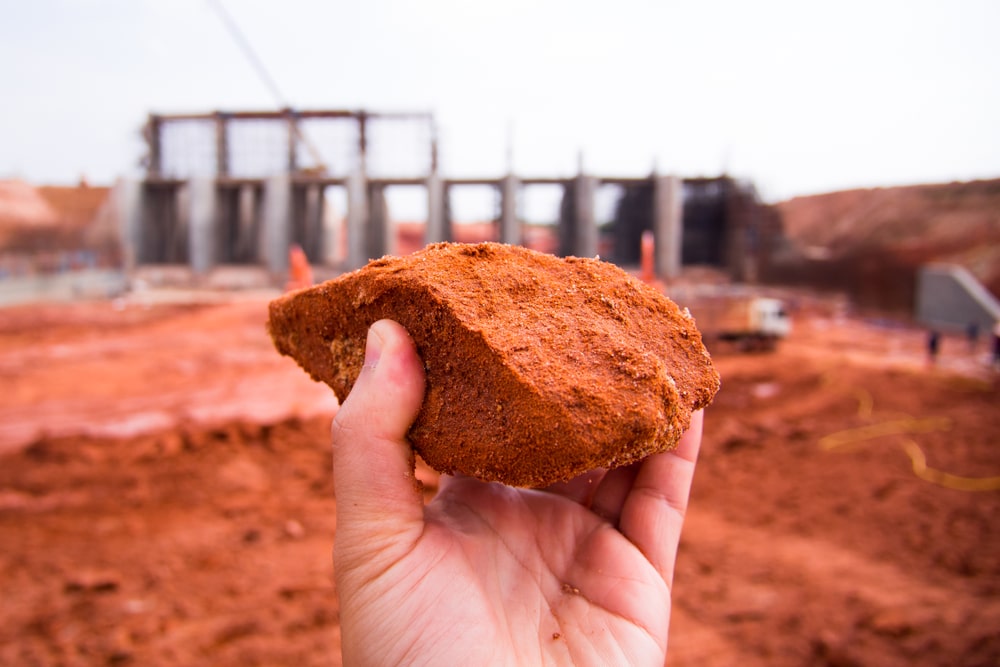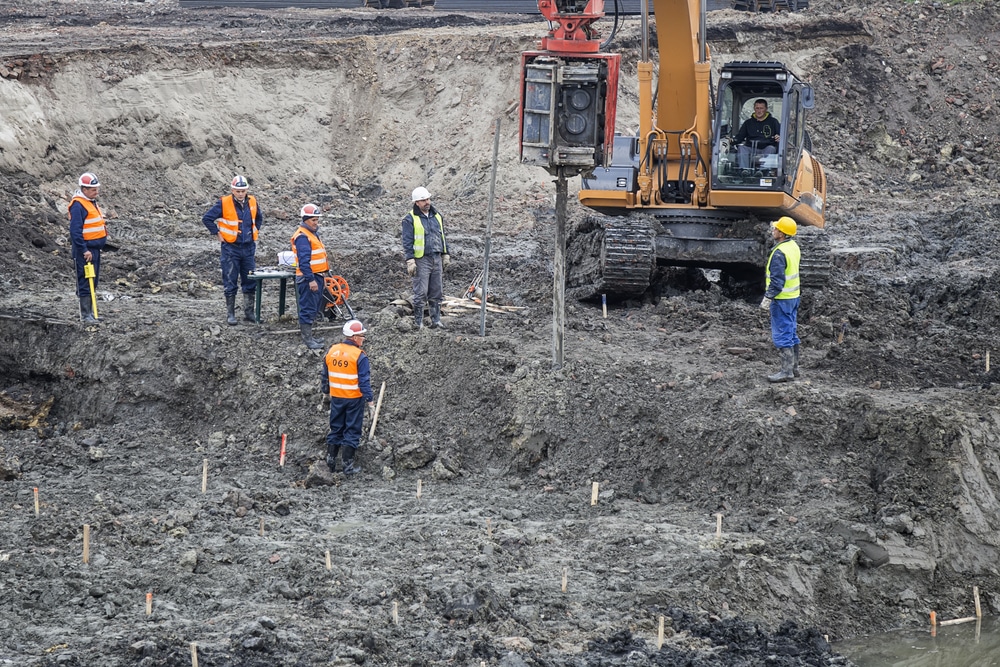Exactly How Consulting Engineers Enhance Geotechnical Engineering Projects: Insights Into Their Proficiency, Methodologies, and Collaborative Approaches
Consulting designers are critical in boosting geotechnical design projects, applying their specialized knowledge to browse the complexities of subsurface conditions. Their collective strategies foster communication among varied job stakeholders, inevitably shaping the project's trajectory.
Function of Consulting Engineers
The expertise of seeking advice from engineers in geotechnical design is basic to the successful execution of building tasks. These specialists play an essential role in examining dirt and rock homes, which are important variables influencing design and building decisions. By conducting detailed website examinations, getting in touch with engineers gather necessary information that educates the layout procedure, ensuring jobs are improved steady and appropriate ground.
Consulting engineers also offer important insights into risk management (geotechnical geologist). They recognize possible geotechnical threats, such as landslides, dirt liquefaction, and settlement concerns, making it possible for stakeholders to apply reliable mitigation techniques. Their experience aids in maximizing structure styles, which can lead to significant price financial savings and boosted safety and security
In addition, getting in touch with designers work as a crucial web link between task proprietors, architects, and professionals. Their ability to convert intricate geotechnical information into workable suggestions fosters cooperation and assists in informed decision-making throughout the task lifecycle. This multidisciplinary technique not only improves job efficiency but also makes certain compliance with governing requirements and best methods.
Key Methodologies in Geotechnical Design

One main technique is website investigation, which involves carrying out area tests and lab evaluations to collect information on subsurface problems. Strategies such as Standard Infiltration Testing (SPT) and Cone Penetration Screening (CPT) are extensively used to assess soil stratigraphy and stamina. In addition, geophysical methods, including seismic and electrical resistivity surveys, supply non-invasive methods to evaluate subsurface features.
An additional critical method is mathematical modeling, which enables designers to mimic different scenarios and predict how soil-structure interactions will act under various loading problems. Limited Aspect Evaluation (FEA) is a common approach utilized in this context.
Additionally, the layout of structures, retaining structures, and earthworks counts greatly on these methods - geotechnical geologist. By incorporating innovative analytical tools with area information, speaking with designers can establish customized services that attend to certain job challenges, ultimately contributing to the security and security of building projects
Importance of Dirt Analysis
Soil evaluation serves as a fundamental aspect in geotechnical engineering, providing crucial insights into the physical and chemical residential properties of dirt essential for effective building and construction planning. Recognizing soil attributes is crucial for establishing its load-bearing ability, drain habits, and potential for negotiation or instability. Thorough soil examinations, consisting of tasting and laboratory screening, aid identify specifications such as dirt type, wetness web content, density, and shear stamina.
These evaluations inform the choice of suitable building and construction techniques and materials, inevitably affecting project safety and durability. As an example, cohesive dirts might require various foundation designs compared to granular soils, requiring customized engineering solutions. In addition, dirt evaluation help in recognizing impurities that could position dangers to human health and wellness or the atmosphere, permitting the advancement of reduction strategies.
Including dirt analysis right into the very early phases of job advancement assists to reduce unexpected challenges, making certain that designers can expect and resolve prospective problems before they intensify. By establishing a detailed understanding of the site conditions, consulting designers can enhance layout efficiency and lower expenses, thereby improving the overall success of geotechnical design jobs.
Collective Methods in Projects
Effective geotechnical jobs typically rest on joint methods that bring with each other varied know-how from different disciplines. Efficient collaboration amongst speaking with designers, geologists, ecological researchers, and building professionals is vital for addressing complex difficulties and optimizing job next outcomes. By leveraging the special skills and understanding of each staff member, projects can gain from an alternative understanding of the website conditions, regulatory demands, and engineering constraints.
Routine interaction and interdisciplinary meetings assist in the sharing of understandings and foster a culture of team effort. These joint efforts allow the recognition of potential dangers early in the task lifecycle, enabling for prompt mitigation methods. Integrating responses from stakeholders, consisting of neighborhood communities and regulatory agencies, guarantees that all viewpoints are thought about, enhancing job acceptance and compliance.
Furthermore, the combination of sophisticated modern technologies, such as Geographic Details Systems (GIS) and Structure Information Modeling (BIM), additional improves collaboration. These devices enable the real-time sharing of data and visualization of geotechnical problems, advertising educated decision-making. Inevitably, a collective approach not only improves task execution however additionally lays the foundation for innovative remedies to complicated geotechnical engineering challenges.
Effect On Task Outcomes

Consulting designers employ sophisticated approaches such as threat evaluation and predictive modeling, which enhance the precision of task forecasts. Their capability to incorporate cutting-edge innovations, like geotechnical instrumentation and data analytics, better refines the style and construction procedures. Consequently, tasks experience improved efficiency, minimized prices, and reduced hold-ups.
Moreover, cultivating effective communication and partnership amongst group members enhances analytical capabilities. When difficulties develop, a joined front enables swift identification of services, protecting against potential problems. Ultimately, the collective efforts of consulting engineers contribute to greater top quality outcomes, making sure that jobs meet both regulatory standards and customer expectations.
Conclusion

Comments on “Specialized Geotechnical Works for Lasting Building And Construction Solutions”